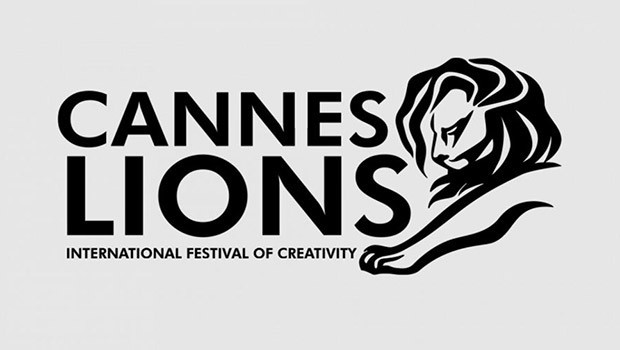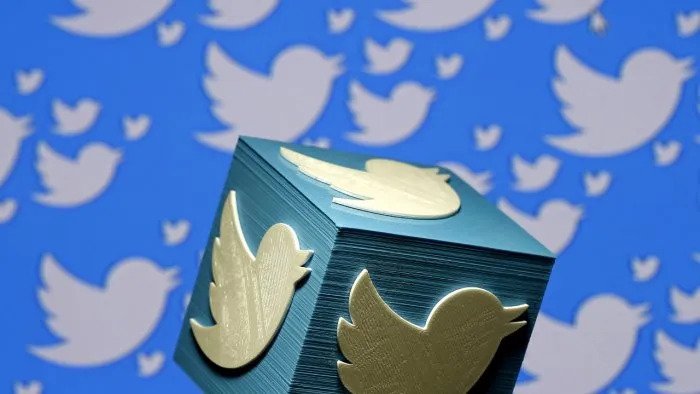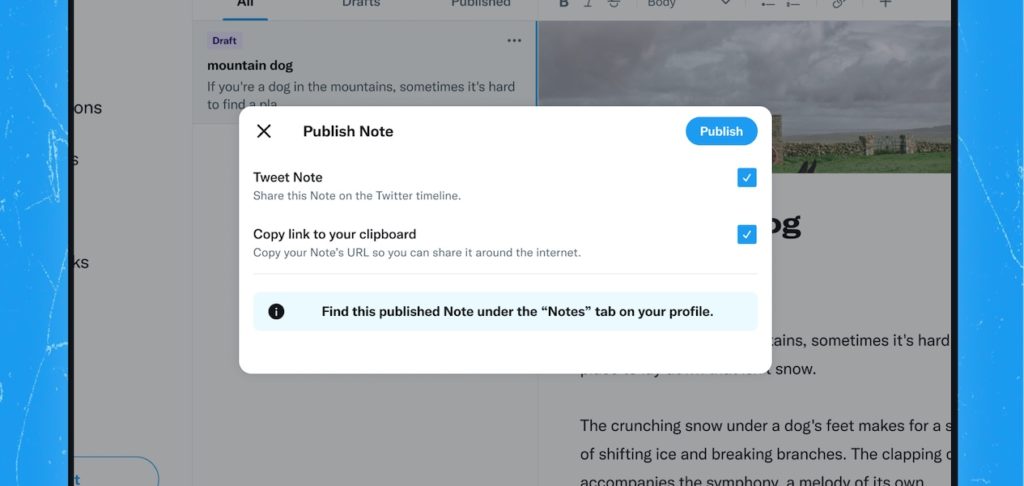The dispersion of creativity: the continuing Cambrian Explosion of writing spaces


This week I am writing from the annual Cannes advertising conference. Or to give it its full honorific, the Cannes Lions International Festival of Creativity 2022. This is my 16th appearance at Cannes Lions, and my last. I am exiting the conference circuit. I wanted Cannes to be my final conference/trade show because of all the 25 events/conferences/trade shows I used to attend every year, this one was my favorite.
For the last 12 years or so I’ve called it “The Conference of the World’s Attention Merchants” because as I have noted over those years the festival has evolved to include not only more brand clients but also, due to media fragmentation which has led to the change of some and the birth of others, an expansion into tech companies, social media platforms, consultancies, entertainment and media companies — essentially the entire attention ecosystem. Plus, for the 3rd year running, an impressive contingent of eDiscovery companies and data privacy aficionados. But they are here as attendees and not presenters because the event is a cornucopia for related material.
After the festival ends and I have more time I’ll write a longer piece on the importance of this festival to the industries and ecosystems in which I have both worked and followed: digital technology, legal technology, media, mobile technology and software development.
22 June 2022 (Cannes, France) – As I have noted in numerous posts over the last few years, one of the biggest, ongoing changes in media (accelerated by the COVID lockdowns) has been the Cambrian Explosion of virtual spaces. Over the last 5-8 years I have chronicled what we have learned about the dynamics of digital places and semi-spatial software, and the mega-leap in writing, video and film production. This is driving an incredible evolution in design and content patterns which we’ll see accelerate over the coming months and years.There has been a tectonic shift to “new new” social media. When I joined Twitter and Linkedin 16 years ago (the first one I have used for the firehose of news, via curated feeds, and the second for more substantive and thoughtful chats) I wanted, more than anything, to communicate directly with key sources I depended on for my writing and, in fact, all my media work. I needed feedback on the pieces I wrote.
NOTE: For me, Linkedin is superior. I’ve built up 10,000 followers and I’ve had conversations with scores of people (many strangers) who have suggested research avenues I had not considered. I have had a ringside seat to watch investigative journalists at their best. My Ukraine War coverage would be impossible without my Linkedin network. All that plus streams of marvellous posts on art and culture, and wonderful science. Ok, I must fully admit I still go to Twitter so not to miss the videos of stupid drunk men failing to leapfrog barbecue grills.
I am by profession a lawyer, a writer, a journalist, a media producer – and in my wildest dreams, a historian. As a lawyer I began my career working for clients in the technology, media, and telecom (TMT) sectors. I stayed in those sectors. It drew me to my own video and film production work, and although semi-retired so I could write more, I still produce a monthly newsletter for my TMT clients while my media team continues to produce bespoke videos for those clients.
But it is my blog writing that often gives me the most satisfaction, the most feedback (you are 25,000+ subscribers strong). And if you look back at the development of digital media since the turn of the millennium, artists have been writing, and circulating their writing, like never before: essays, criticism, manifestos, fiction, diaries, scripts, and blog posts have charted a complex era in the world at large, away from mainstream social media, weighing in on the exigencies of our times in unexpected and inventive ways.
That’s the wonder of this Cambrian Explosion: the internet enables niche in a massively powerful way. And if you think long and hard about it is this not just an example of convergent evolution? Social media has collapsed high and low culture into a sinuous, middling unibrow. It made room for the fringe to graze the mainstream while allowing outliers and niche practitioners a foot in the door. Yes, institutional barriers to entry persist, and the cost issue will remain difficult (not all “tribes” have the same level of funding), as will the technology/expectation gap.

Twitter has been watching these developments and for over the last 3 years it has been working on a feature called “Notes” which it unveiled yesterday, and also here in Cannes this morning, Users can include text — up to 2,500 words — as well as photos, videos and GIFs in posts that can be written, published, and shared on Twitter. The “Note” card will show up in your Twitter timeline as a tweet that contains a preview of what’s in the longer post. Twitter also announced a new handle, “Twitter Write”, and I’ll have more on that below.
NOTE: Ernie Smith, the chap that designs my web sites and also provides content for my media staff, was a beta tester and at the end of this post you can link to a sample he created and published so you see what can be done with “Notes”. I’ve also been invited to be among the first to roll out with the new feature when it is all set-and-loaded for public use. But it will stay in beta for at least 2 more months.
We all love a good thread and as the Twitter press release noted:
You know, the ones where every Tweet teaches you something, makes you laugh, keeps you at the edge of your little Internet seat. Sometimes they can feel like scenes in a movie, other times like flipping through the pages of the best book. Over the years, threads have evolved the way stories are told on Twitter: a mix of engaging and informative and entertaining content, led by both subject-matter experts and enthusiasts.
But there are many situations where threads aren’t enough. From the rise of the screenshot announcement Tweet to the newsletter boom, a new reality became clear: people were writing long elsewhere, and then coming to Twitter to share their work and for the conversation surrounding all those words.
And, look. Twitter is where writers live. And as the platform for writers, it’s clear that Twitter is essential — from the proximity to an engaged audience, to the conversation around a writer’s work, to the community of readers (and, often, cheerleaders) that Twitter provides, to the critical role it plays in the livelihoods and careers of writers, on and off Twitter.
In a nutshell, here is what “Notes” is and does:
-Notes are pieces of writing and content that you create on Twitter.
-It goes beyond 280 characters (up to 2,500 words)
-You can embed photos and videos and GIFs and Tweets.
-You can publish Notes which are readable on and off Twitter.
-You can edit Notes, and then pre-and-post publish.
-A Notes tab on your profile will hold your published work.
And as I noted, Twitter also launched a new Twitter handle called @TwitterWrite. Twitter will use this to provide updates on what’s next for writers on Twitter, having conversations about writing (using Notes, Spaces, Tweets, threads, and Revue), and highlighting writers and their Notes. Some have already started publishing, and others will over the coming days.
These are early days. The formatting options on “Notes” are limited but they will grow. To see what a “Note” can look like like, take a gander at Ernie’s first shot at it which you can read by clicking here.

The shifting shape of the writing-publishing life is exciting, it is awesome. Yes, successful writers must still juggle the demands of the creative life with the need to be business-like about their social media profiles, sending out newsletters or dropping samples of their work on these new publishing platforms. But these platforms and other technology provide radically different writing experiences and distributions. It is a new, expanding writing art world that has never been more possible. Yeah, anticipate swerves, not lineal progression. But I am excited about all new media options.